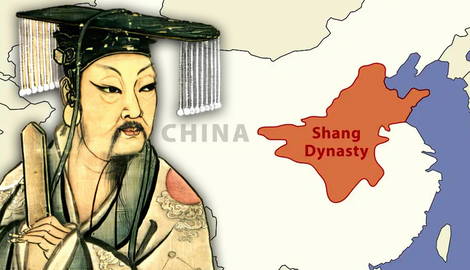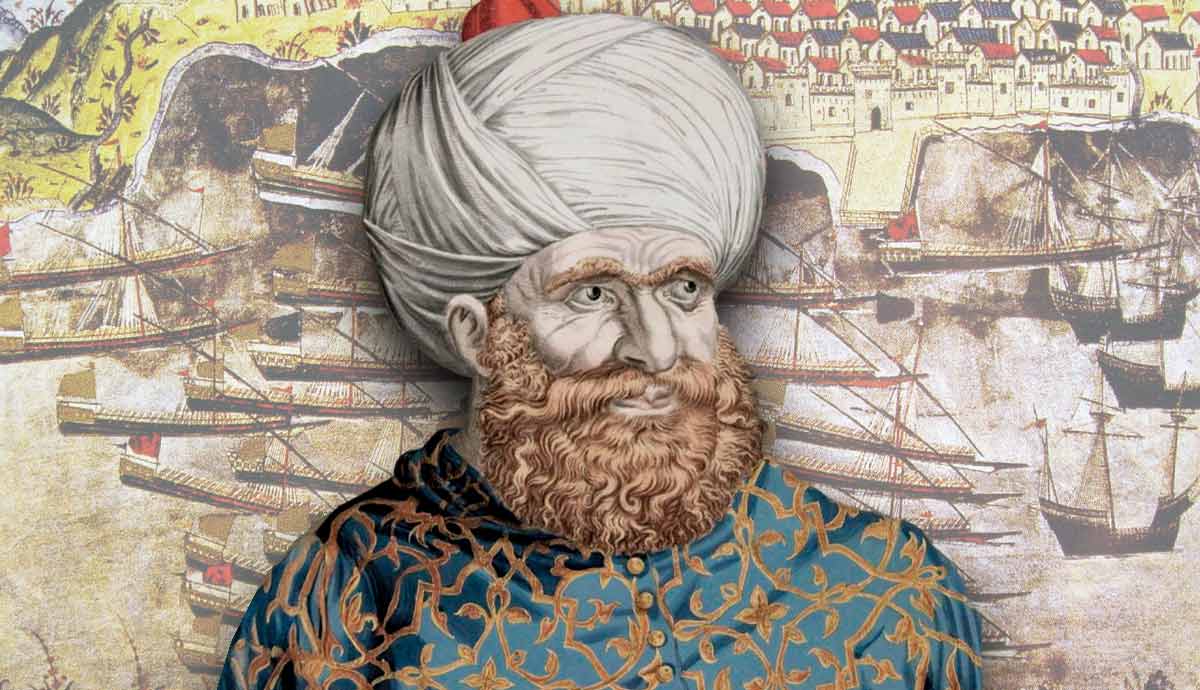
The Shang dynasty is thought to have emerged around 1600 BCE and declined about 1046 BCE. The dynasty rose following the decline of the preceding Xia dynasty. According to historical records, the last Xia king, Jie, was a tyrant. His harsh rule is said to have sparked rebellion in the region which eventually led to the downfall of the dynasty. The revolt was led by a noble leader called Cheng Tang. Cheng Tang was the leader of the Shang tribe. Under the guidance of his trusted advisors Yi Yin and Zhong Hui, he reportedly took advantage of the growing discontent in the region to build a coalition of allied states that formed the next dynasty. They spearheaded the military campaign that eventually toppled the Xia state in the Battle of Mingtiao.
Outstanding Cultural Elements

Archaeological discoveries in the area have revealed a broad network of connected sites with a shared culture that united the Bronze Age communities across much of the Yellow River valley around the 16th century BCE. The early Shang period is recognized for its advanced society and for its expertise in bronze casting innovations which required large amounts of resources to mine and smelt. Experts often describe the Shang as the height of China’s Bronze Age due to overwhelming evidence of metallurgy-related advancements.
Works produced during this period include the massive Houmuwu Ding – a ritual food vessel weighing about 1,836 pounds and the heaviest bronze object from the ancient world. Today, it stands as a symbol of remarkable achievements in early metalworking. Examples of bronze items found in Shang dynasty archaeological sites include ritual vessels and sophisticated weapons.

Advanced architecture was another of the Shang dynasty’s major accomplishments. The Shang employed thousands of laborers to construct massive cities while following carefully planned layouts. In their capitals they built palaces, temples, ritual areas, government halls, and royal tombs.
The earliest known form of Chinese writing carved on oracle bones called the Oracle bone script is also believed to have emerged during this time.
The King’s Powers

The Shang king was regarded as the chief fortune-teller and mediator with the spirit world and was believed to have the unique ability to communicate directly with the ancestors. Natural calamities such as droughts and floods were interpreted as signs of angry spirits, and a poor harvest or a lost battle would lead the king to hold a ceremony. The king would announce a human sacrifice ceremony for the next season using oracle bones so as to appease the gods. Soon after the declaration, many captured people would be killed as a sacrifice to the gods.
How the Shang Dynasty Was Discovered

For centuries, the Shang Dynasty was talked about only in legends without any evidence of its existence. This aspect changed in 1899, when a Chinese scholar encountered some unusual ancient carvings. He soon realized that they were an early form of Chinese writing. In 1928, archaeologists began excavations at Yinxu, the last great city of the dynasty, and discovered the first physical evidence of the existence of the kingdom in Henan province, in Anyang. The site at Anyang contained a vast collection of ancient objects, including over 150,000 oracle bones.
Zhengzhou which is in Henan, some 50 miles east of the earlier Erlitou site, is another example of an early Shang city. Archaeologist Han Weizhou stumbled upon the site in 1950. In 1951, collected specimens confirmed the Shang dynasty connection. The city was found to be older than the Shang city of Yinxu in Anyang.
Factors That Led to Its Downfall

The formidable Shang army propelled the growth of the kingdom and made use of advanced bronze weapons while continually recruiting foot soldiers in order to preserve its strength. Archaeological remains point to a dominant military institution that waged wars against its neighbors. The army used skilled chariot teams to raid enemy towns and capture thousands of prisoners for ritual killings on a large scale.
Later Chinese dynasties moved away from this type of warfare as it was highly brutal and unnecessary. As the Shang dynasty’s control over its neighbors weakened due to internal issues, the Zhou dynasty eventually launched a successful attack to overthrow the Shang. The Shang Dynasty was finally usurped about 1050 BCE.










